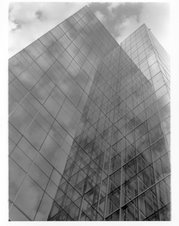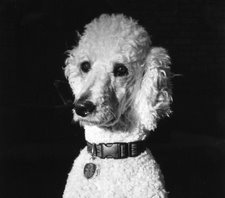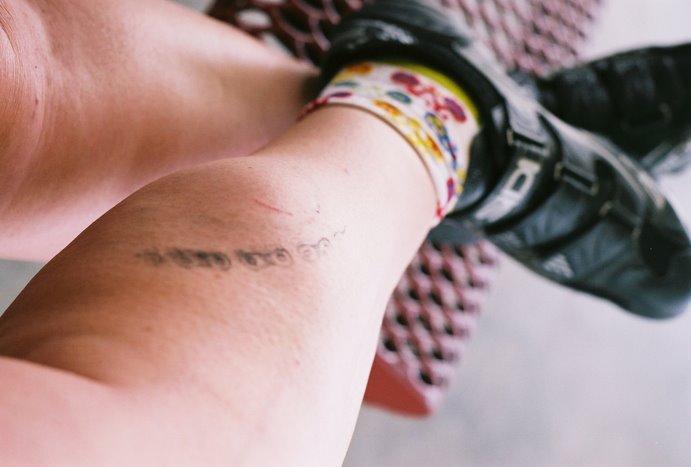Oh that rascally . . . Pumpkin?


I happened into Whole Foods sometime in mid-October and what should I see, but acres of stunning non-standard pumpkins. There were Cinderella pumpkins, and Fairytale pumpkins (maybe they were the same), white pumpkins, and green pumpkins, but the very best ones were the Rascal Pumpkins. I picked out the best Rascal.
The best feature of the best Rascal was the great stem and curlicue.
  |
| THIS COULD HAVE BEEN CINDERELLA'S COACH |
 | |
| TWO STOCK POTS FULL |
 | ||
| I GOT A BLISTER FROM CUTTING UP RASCAL PUMPKIN |
I'm thankful for you Rascal Pumpkin, you looked cool and your sweet meat will be soup and bread and muffins and maybe even a pie. I've saved a few seeds and maybe I'll grow you a cousin next year.
p.s. the Rascal Pumpkin is very very tasty.





























